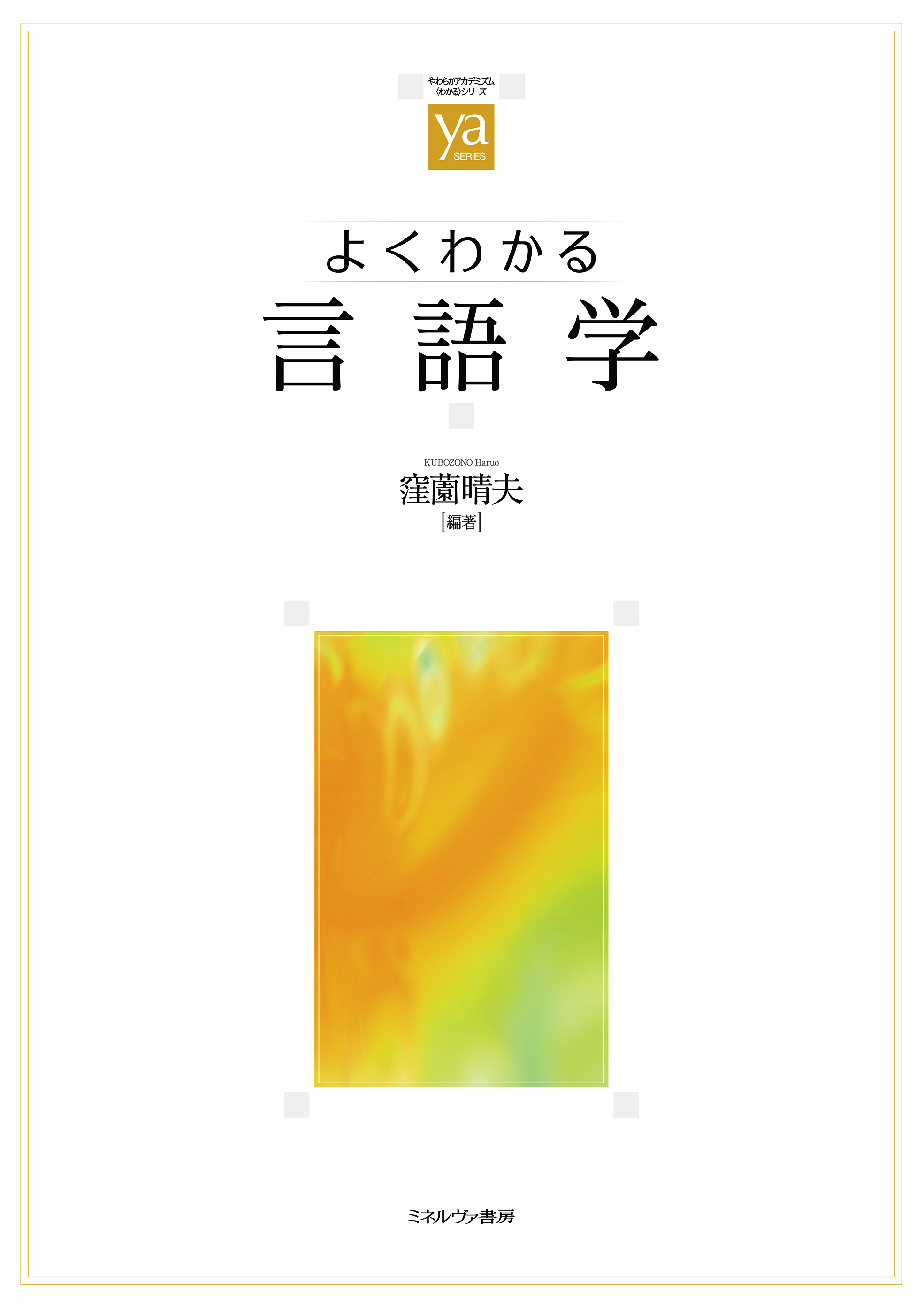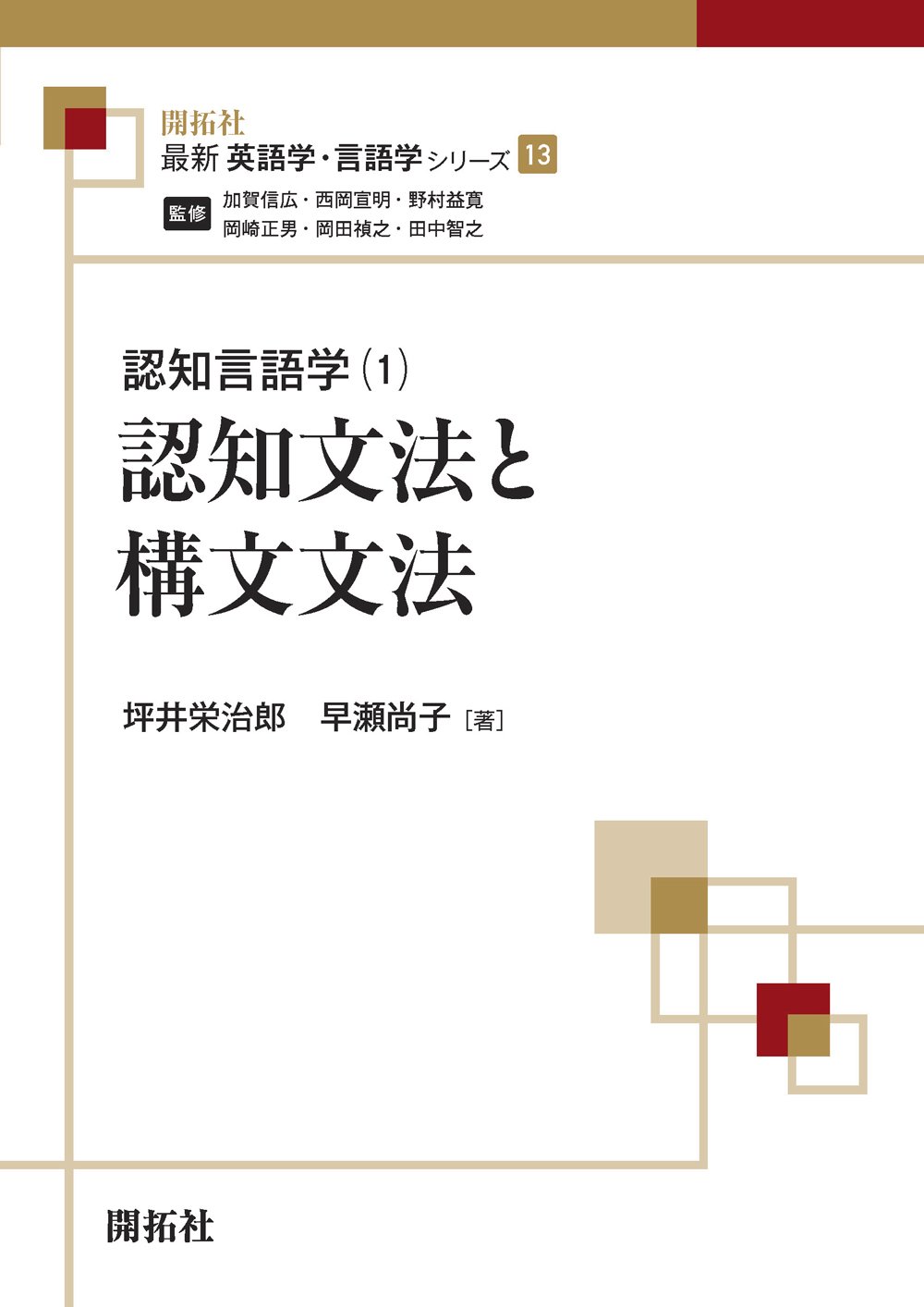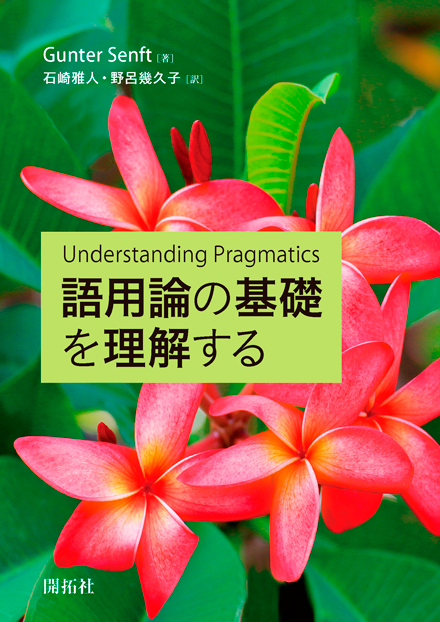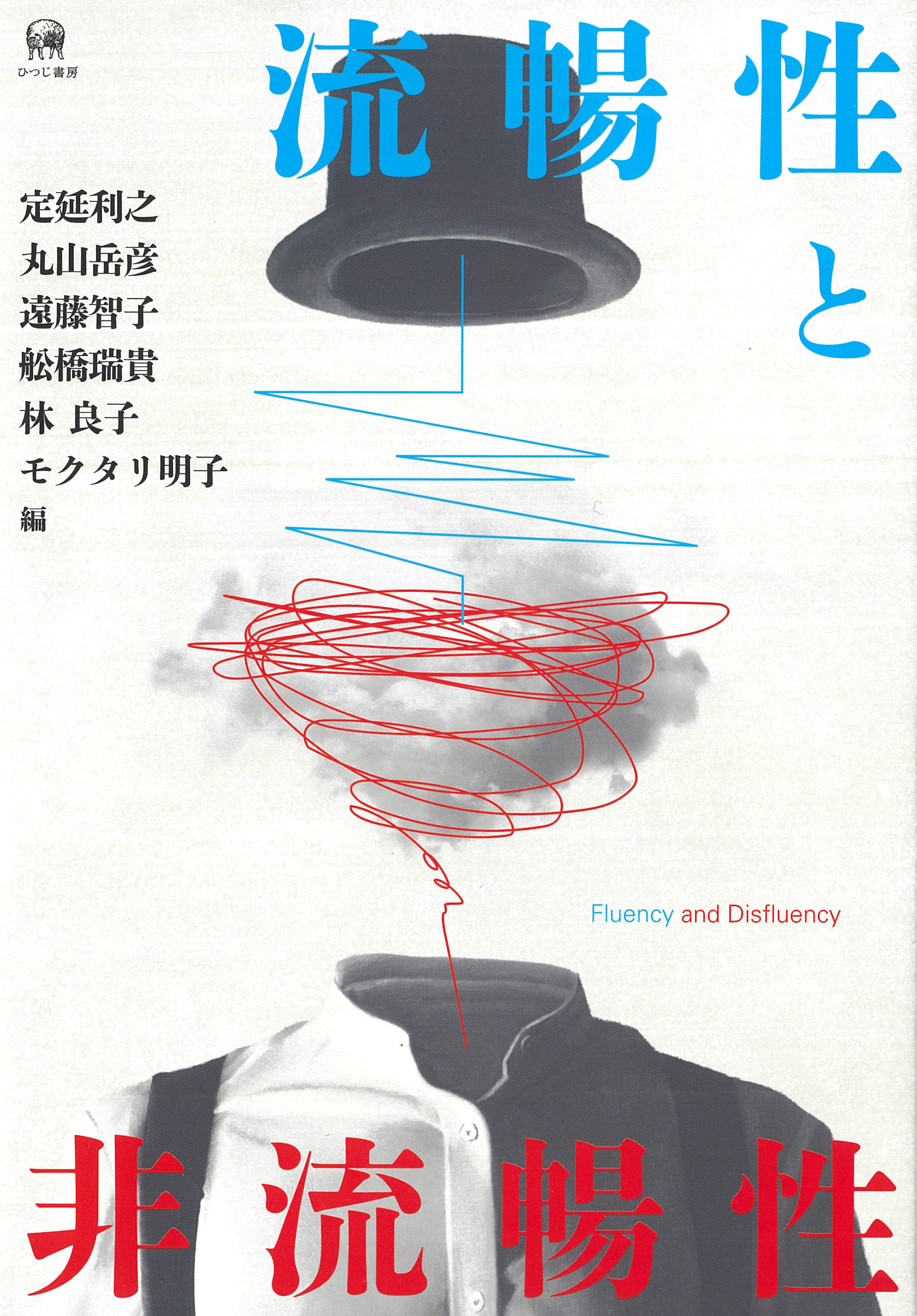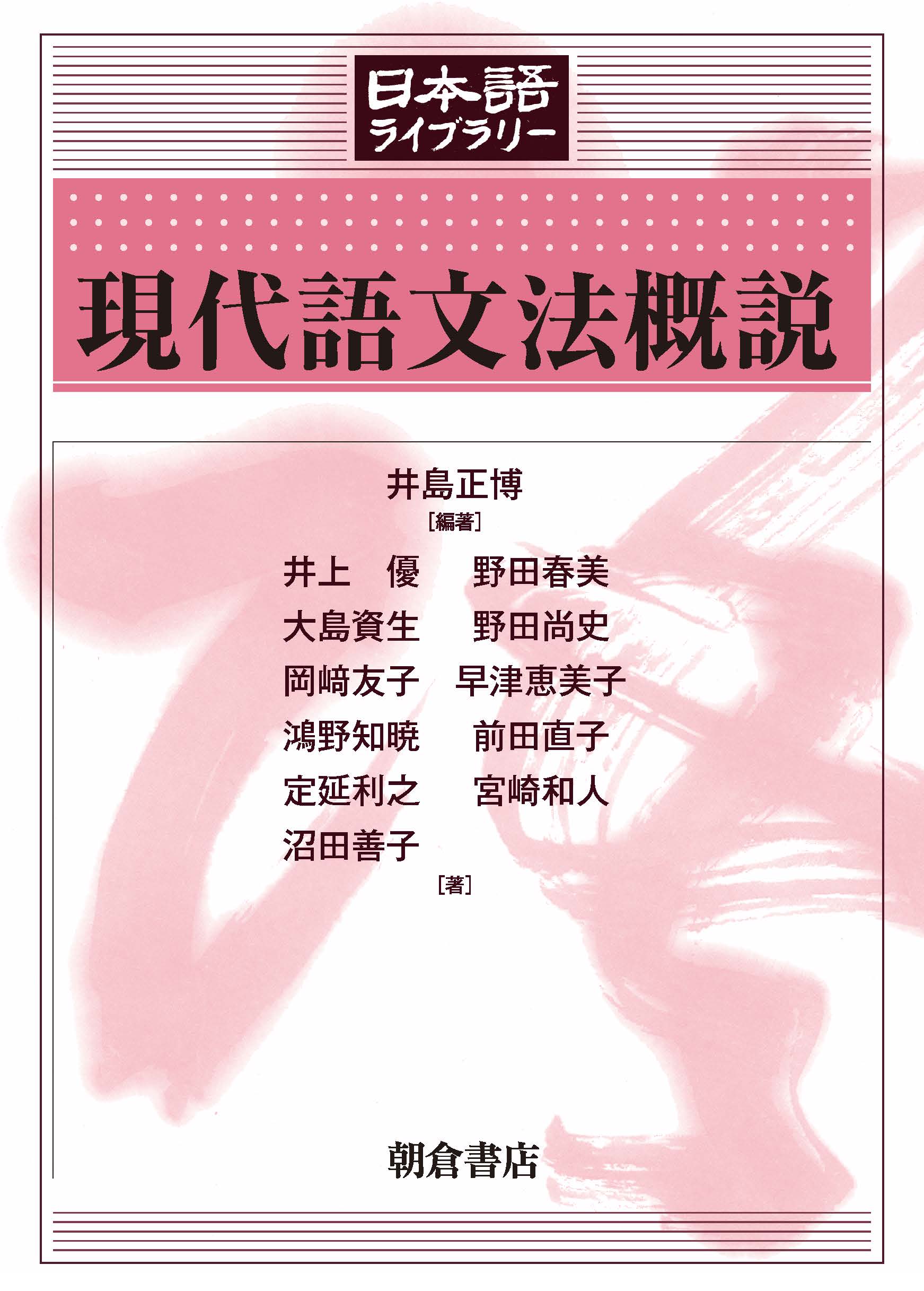
Title
Library of Japanese language Gendaigo Bunpou Gaisetsu (Introduction to the grammar of modern Japanese language)
Size
184 pages, A5 format
Language
Japanese
Released
November 01, 2020
ISBN
978-4-254-51618-0
Published by
Asakura Publishing Co., Ltd.
Book Info
See Book Availability at Library
Japanese Page
In recent years, rather than providing an all-encompassing theory of Japanese grammar, studies of Japanese grammar in modern language have become increasingly fragmented into different research fields with each field having its own unique theories and researchers specializing in those theories. Given this situation, I decided that the best way to compile an overview that most faithfully and accurately introduces the current state of grammatical research would be to have leading experts in their respective fields of research freely introduce their own research areas. I was most fortunate to get the willing cooperation of the various researchers, and thanks to their contributions, I am confident that I have been able to publish an ideal introduction to modern Japanese grammar.
Now then, to the chapters comprising this book. The first chapter, which I wrote, covers the historical background to the current state of research on the grammar of the Japanese language. I view modern Japanese grammar research to have developed through three phases. Following the incipient period of the first phase, the second phase can be said to have launched with the publication of Yamada Yoshio’s Nihon bunpō ron [A Treatise on Japanese Grammar] in 1908. During this second phase, an interpretation of Japanese grammar was developed that was centered on the theory of predication, chinjutsuron, first postulated by Yamada. Application of this theory, however, came to an end with Kitahara Yasuo’s Nihongo jodōshi no kenkyū [A Study of Japanese Auxiliary Verbs] (1981), giving way to a new trend in grammatical research that started with Nitta Yoshio’s Goironteki tōgoron [Lexical Syntax] (1980) and marked the start of the current, third phase. This third phase is characterized by the aforementioned fragmentation of research into specialized areas of study, each grounded in their own theories.
Now, the specialized areas of research are not divided, as they once were, by parts of speech, such as verbs, nouns, particles, and auxiliary verbs. There are diverse facets to a language, including to its grammar, but those aspects that can theoretically addressed collectively are defined as one field of study, and include, for example, the traditional areas of English grammar, such as voice (passive, active, middle), tense (past, present, future), aspect (perfective, continuous, etc.), modality (tentative, imperative, interrogative, etc.). Chapters 2 through 4 follow these categorizations, covering the theoretical development for each category.
This is followed by a discussion in Chapter 5 of the much-debated differences between the Japanese particles wa (は) and ga (が) that is based on the information structure of speaker and listener, and what they know and do not know. Chapter 6 examines what were once referred to as adverbial particles but which have since been renamed as toritateshi or “designating” or “focus” particles because of their paradigmatic implications (as defined by Saussure) rather than mere adjunctive function of limitation or elaboration. It is found in Chapter 7 that the indicative involves not only the distance from the speaker (near, middle, far), but also whether the speaker and listener are in conflict or agreement. Chapter 8 further breaks down conditional expressions into more detailed functions than the conventional categories of resultative/contradictory and hypothetical/definitive. While acknowledging the various types of conventional conjunctive forms, Chapter 9 notes that there are also adnominal adjectives distinguishing between uchi no kankei [in-group relationships] and soto no kankei [out-group relationships]. In relation to this, it is explained in Chapter 10 that negative expressions are not simply the opposite of positive expressions, but are expressions of opposition with latent positive content. Chapter 11 explains how formal noun predicative sentences, mainly of the explanatory noda type, are not concerned with substantive meaning, but rather serve a unique function that differs from sentences without such construction. Chapter 12 goes beyond written grammar to explore the pragmatics of linguistic expression in communication, a focus that is often highlighted in recent years, and, finally, Chapter 13 provides a brief summary of data processing methods in response to the fact that large numbers of examples are currently indispensable for grammatical research.
(Written by IJIMA Masahiro, Professor, Graduate School of Humanities and Sociology / 2022)



 Find a book
Find a book


 eBook
eBook